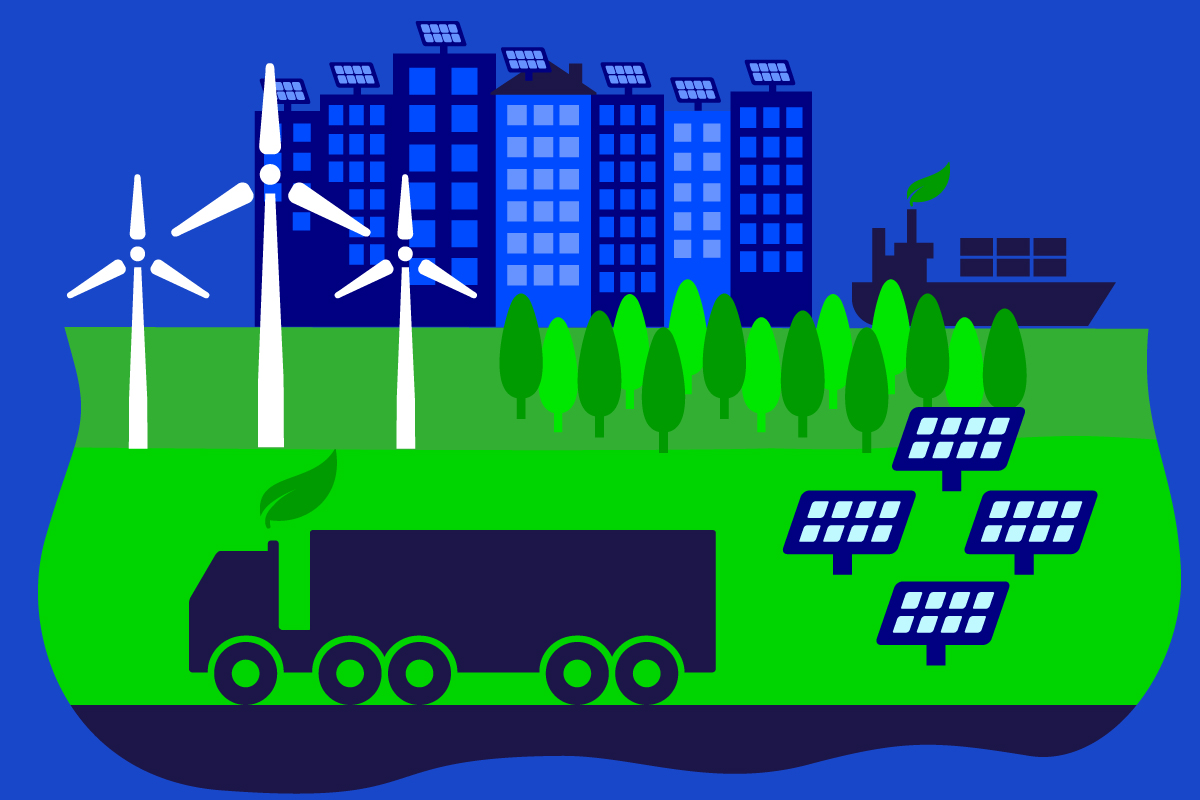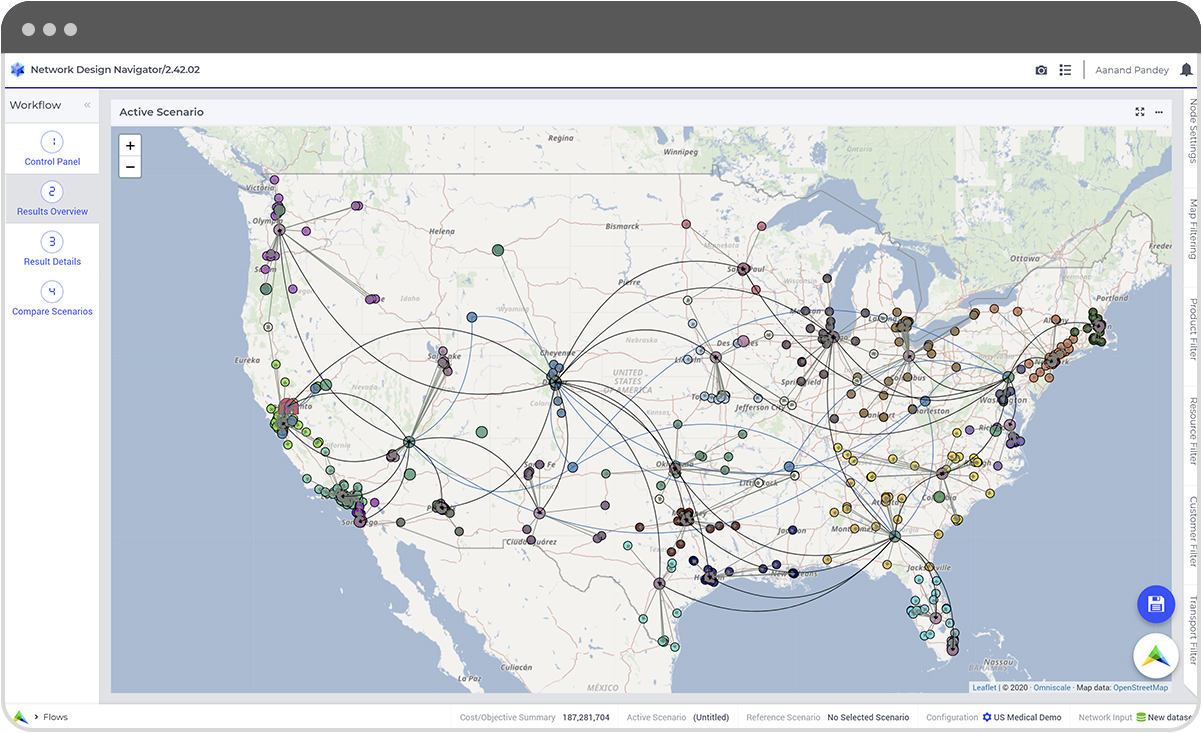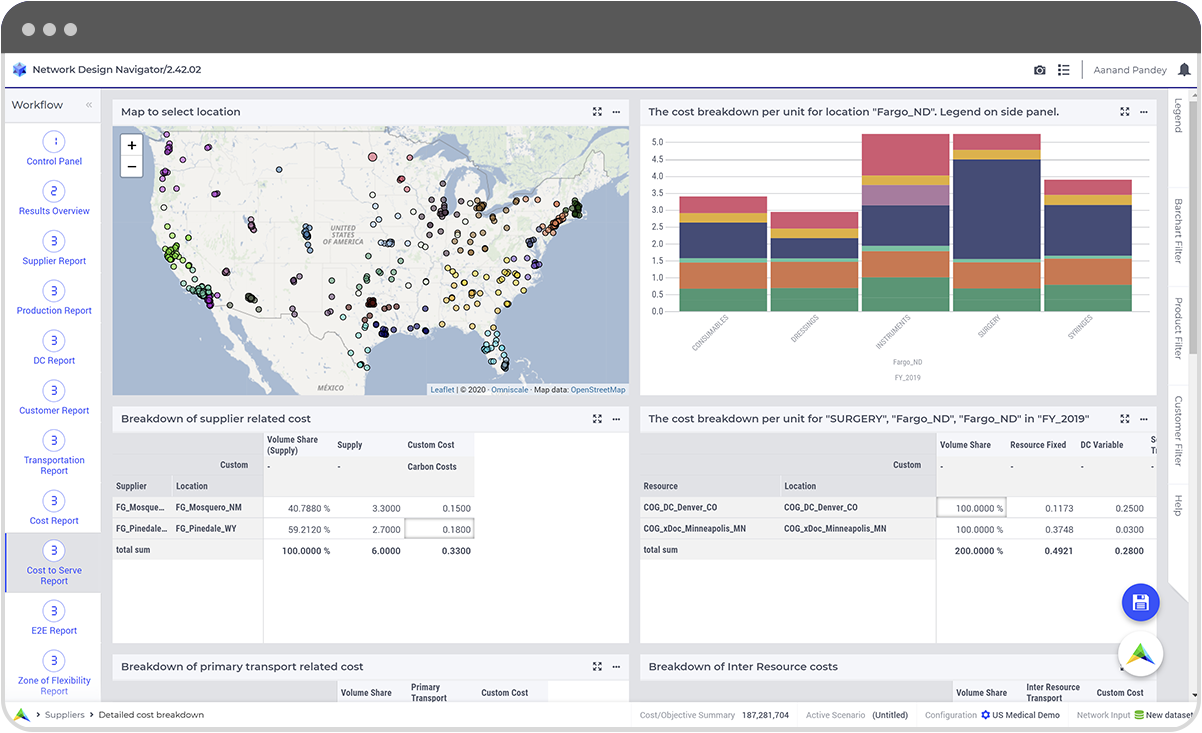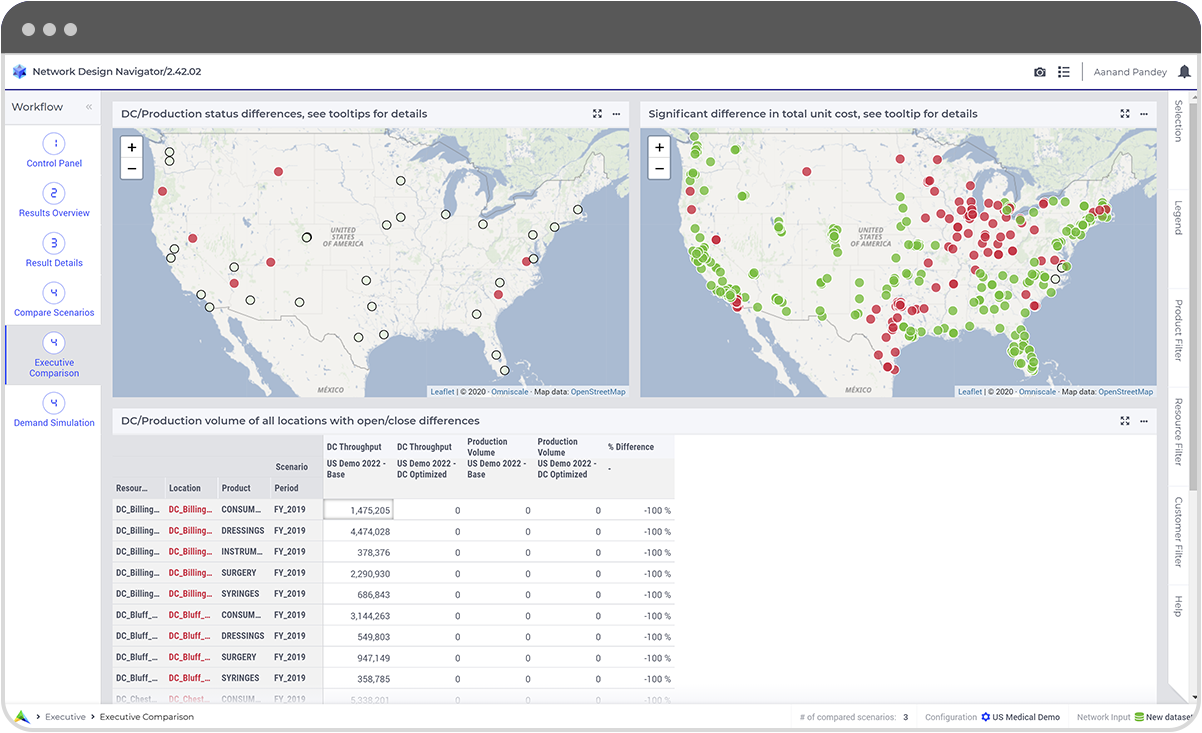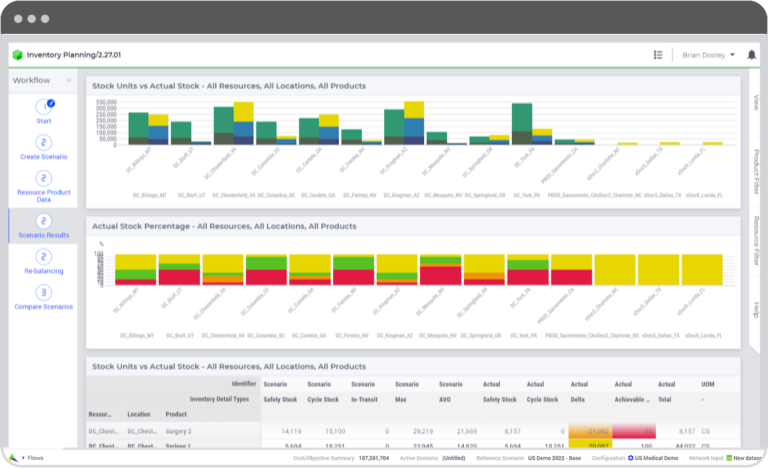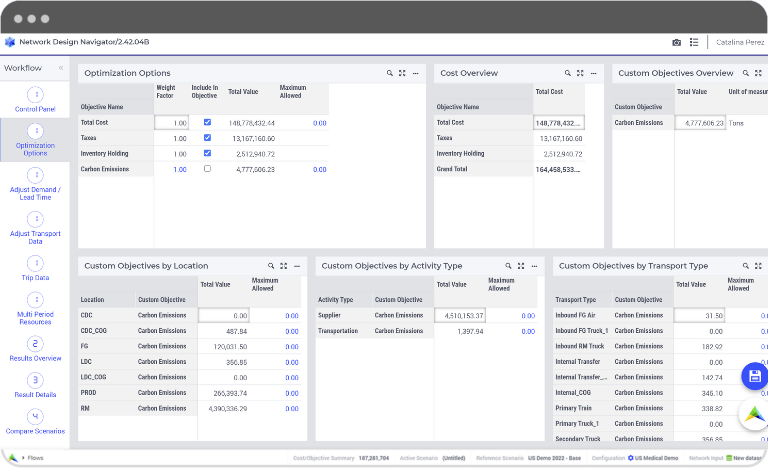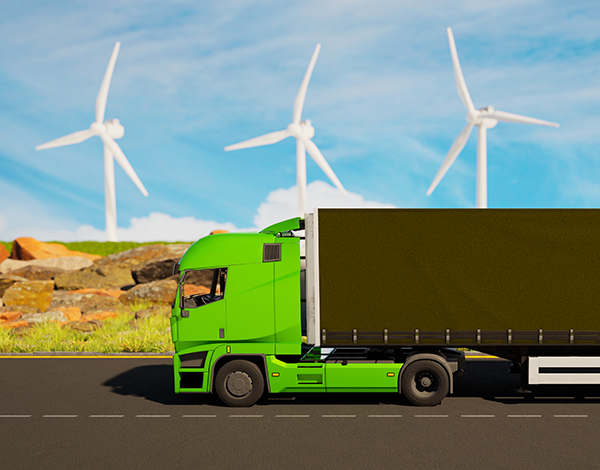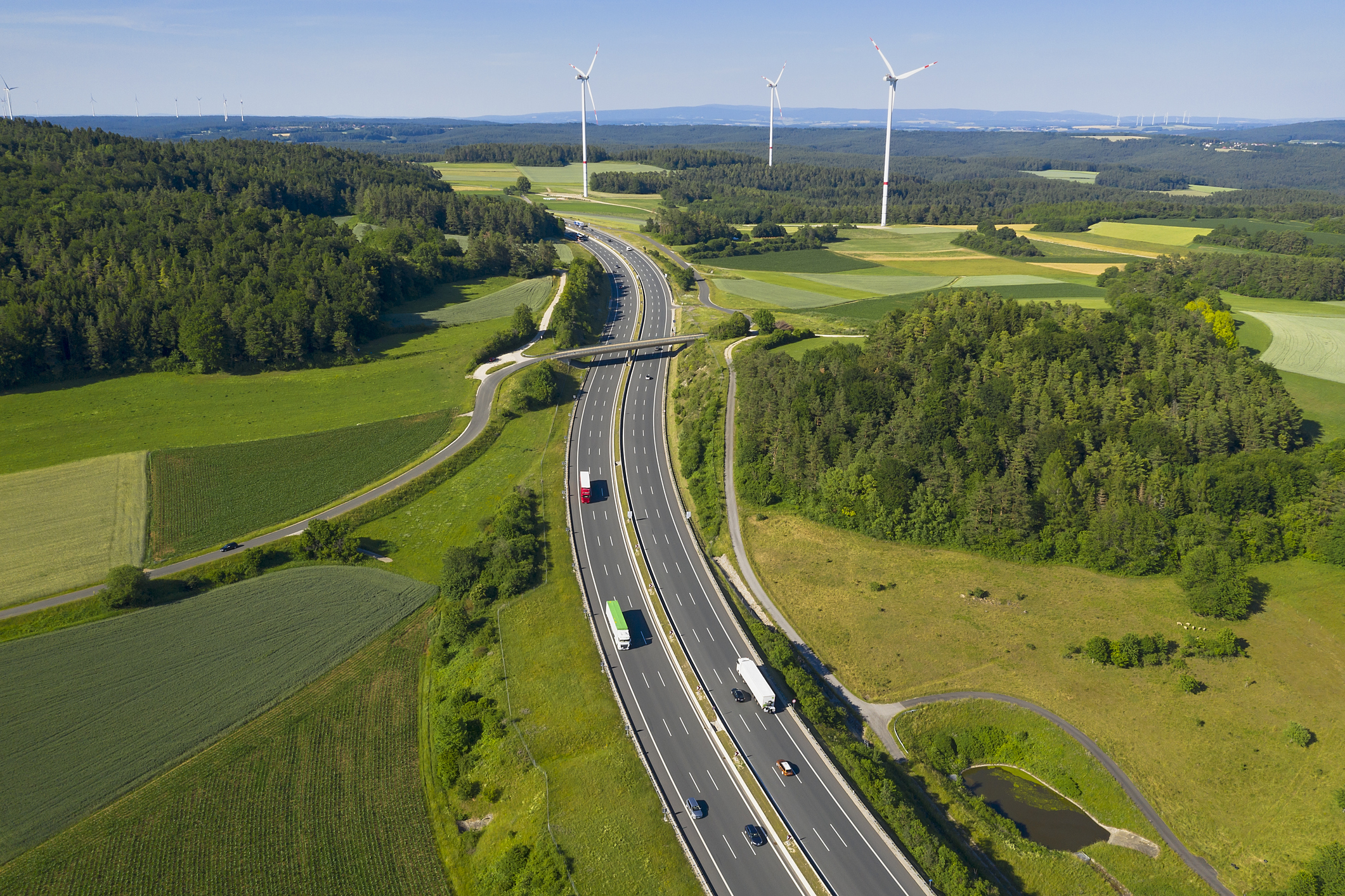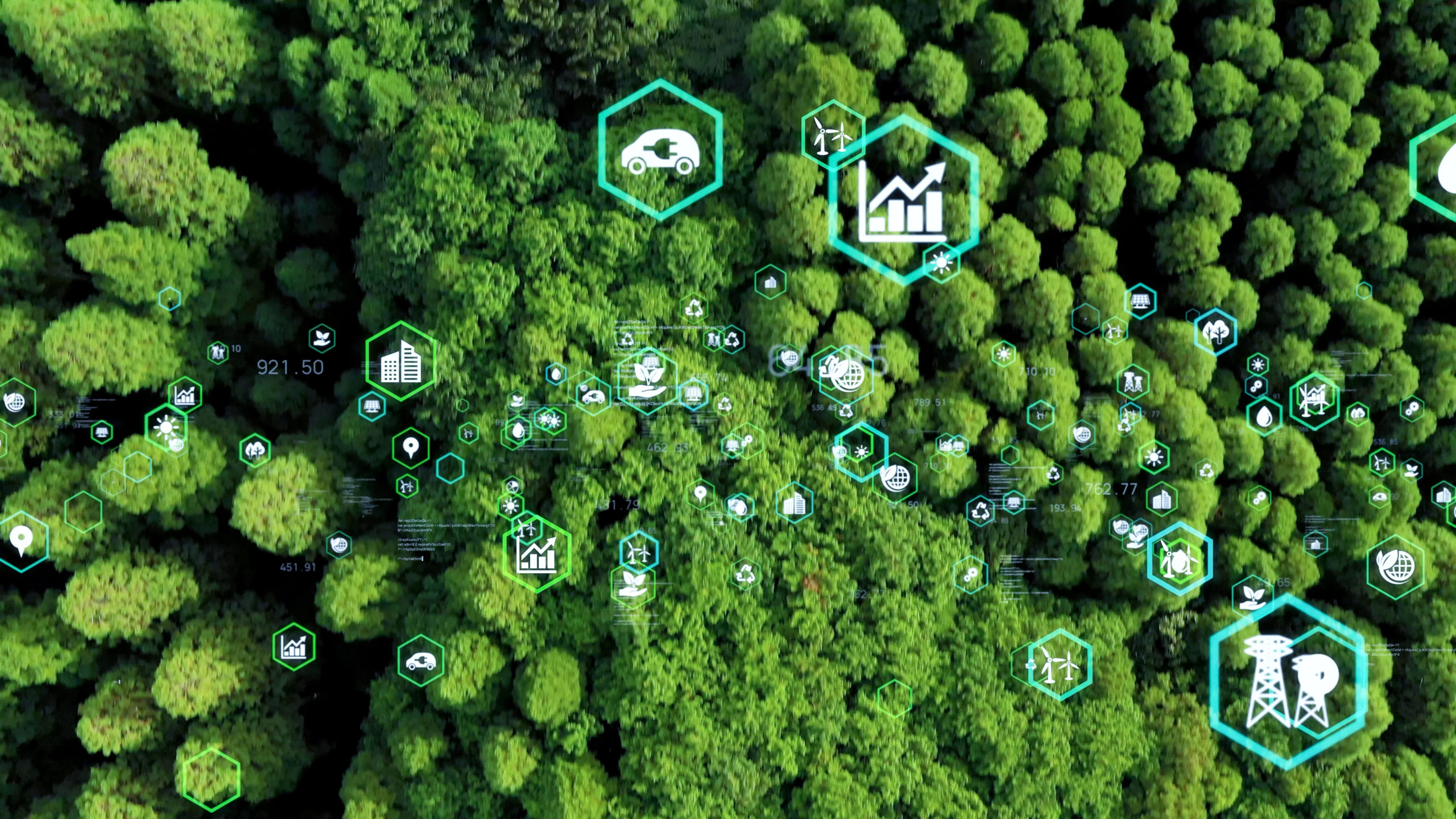CO2 Modeling with SC Navigator
Model & Optimize Your Company's Sustainable Impact
More than 90% of companies’ environmental impact comes from their supply chains. Now you can start measuring different environmental objectives including CO2, energy, and water to determine where your emissions come from and what actions you can take to reduce your impact.

Run scenarios to optimize carbon emissions
“Environmental sustainability has become a criterion in our Network Design evaluations. It’s a dimension that matters when we select a Supply Chain design. AIMMS makes it much easier to understand the environmental impact of our supply chain and the designs we are considering.”

Monitor and optimize your CO2 impact
Run sustainability scenarios in SC Navigator to get your business ahead of the competition. Understand your current carbon emissions, take your carbon targets into account as an objective and optimize.
Go beyond carbon emissions
By using the custom objectives feature, the possibilities to optimize ESG parameters are unlimited. From energy consumption to water consumption, responsible business, climate risks, and more.
Relocate DCs To Drive Fewer Miles
Similarly, you can model your distribution center locations and the impact they have on your carbon footprint. For example, you may find that relocating some of your warehouses closer to customers may result in lower mileage and therefore a lower carbon footprint.
Prioritize high-performance products
Another scenario might be evaluating the carbon footprint of your specific products. Do you have slow-moving products that pollute more than fast-moving ones? Should you phase out high-emission products and focus on more innovative, sustainable ones? These are all questions you can address with scenario modeling.
Shift production to lower carbon locations
One of the many things you can model is the impact of your production locations on carbon emissions. Some companies are already shifting production closer to home to build resilience against disruptions.

